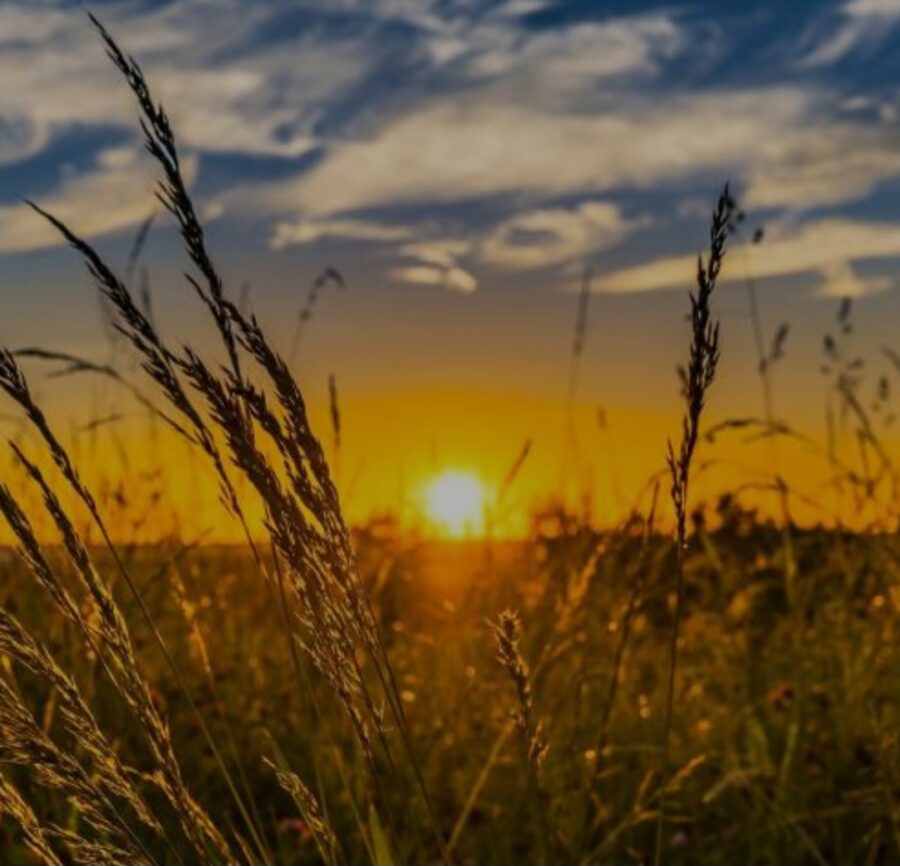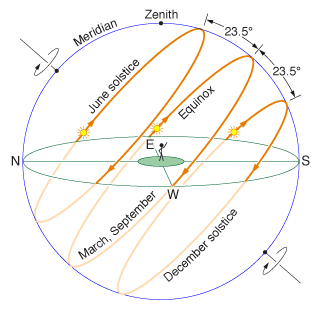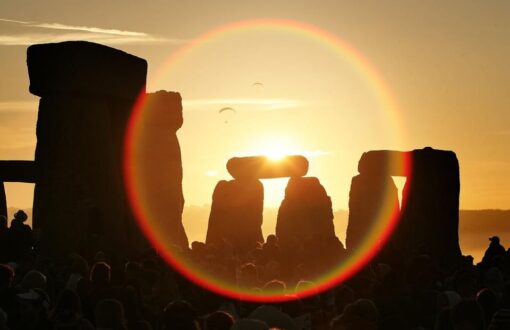
WHEN IS YOUR LONGEST DAY OF THE YEAR 2023?
{ It is He who made the Sun a shining light and the moon a derived light and determined for it phases – that you may know the number of years and account [of time]. Allah has not created this except in truth. He details the signs for a people who know.} (Surat Yunus 10:5).
The summer solstice marks the longest day of the year in terms of daylight hours. It’s the peak of the summer season astronomically, however, not the hottest period of summer meteorologically because of geographical and climatological reasons.
The summer solstice in 2023 for the Northern Hemisphere of Planet Earth will be at 6:27 PM on Wed, Jun 21, 2023.
In the north hemisphere, where it is the longest day of the year in terms of daylight, the June Solstice is also called the Summer Solstice. In the Southern Hemisphere, it is the shortest day of the year and is known as the Winter Solstice.
How much daylight do we see? And why is the longest day not the hottest day of the year? Below are five questions (and answers) that explain the summer solstice in detail.
1. WHAT MAKES THE DAYS SO LONG
On the June solstice, the Earth’s North Pole is at its maximum tilt toward the Sun. At this time, the Sun appears directly overhead at 23.5 degrees north latitude, along the Tropic of Cancer.
Since the Sun’s direct rays reach their northernmost point from Earth’s equator, we see the Sun follow its longest and highest path across the southern sky.
This means the shadow you cast at local solar noon will be the shortest of the year.
The photo beneath shows how changes in Earth’s position around the Sun affect the amount of light in each hemisphere, as well as the angle of sunlight reaching the ground.

Seasons and Ecliptic Simulator
2. HOW LONG IS THE SUN UP WHERE I LIVE?
The exact amount of daylight we see on the solstice depends entirely on latitude. More southern locations get less daylight.
The height of the summer Sun is the main reason why it’s so easy to get sunburn this time of year. So always remember to check the UV index and lather on the sunscreen when outdoors.

3. WHERE DOES THE SUN SET ALONG THE HORIZON?
If you’re thinking about photographing the solstice sunset, look to the northwest. On the June solstice, all locations on Earth (outside the polar circles) see the sunrise and set at its northernmost point along the horizon.
The higher your latitude, the closer sunrise and sunset appear to due north on a compass.
Around the Arctic Circle, the location of sunrise and sunset start to converge in the northern sky, until eventually the Sun never sinks below the horizon. Hence, the appearance of the midnight Sun.
4. IS THIS REALLY LONGEST TWILIGHT OF THE YEAR?
Yes. Because summer solstice features the shortest night of the year, the Sun also doesn’t drop as far below the horizon.
Around the solstice, the Sun’s apparent path on the celestial sphere tends to curve below the horizon instead of dropping quickly, causing longer periods of twilight both before sunrise and after sunset.
The longer twilight is less noticeable at lower latitudes.
However, as one moves farther from the equator, the Sun crosses the horizon at such a shallow angle that the sky remains illuminated much longer than at other times of the year.
5. WHY DO HOTTEST DAYS OF SUMMER COME AFTER THE SOLSTIC
Summer Solstice in the North Hemisphere and Winter Solstice in the South Hemisphere.
Although daylight gradually diminishes after the solstice, the hottest days of summer usually don’t arrive for another few weeks.
This happens because the Northern Hemisphere, on balance, continues to gain more heat than it loses for several more weeks.
The oceans – which take longer than land to heat up and cool down – play a role in this seasonal temperature lag.
Only after the Northern Hemisphere starts to lose more solar energy than it gains do our average temperatures begin to drop.
In 2015, the National Climatic Data Center in the US mapped when different parts of the U.S. see their hottest days of the year, based on 30-year climate averages. For much of the country, average summer temperatures peak in mid to late July.
However, the desert Southwest sees its hottest days much closer to the summer solstice, while the warmest days along much of the West Coast don’t arrive until August (and in some places, even as late as September).
Proximity to water and prevailing wind direction are major factors determining when summer heat peaks.
Astronomy of the Longest Day
Solstices happen twice a year – in June and December. The June Solstice happens around June 21, when the Sun is directly overhead the Tropic of Cancer. The December Solstice takes place around December 21. On this day, the Sun is precisely over the Tropic of Capricorn.
Technically, the June Solstice is the exact instant of time when the Sun is directly overhead the Tropic of Cancer.
June Solstice can happen anytime between June 20 and June 22. June 22 Solstices are rare – the last June 22 Solstice in UTC time took place in 1975 and there won’t be another one until 2203.
Depending on who you ask. Astronomers use the date of the June Solstice to mark the beginning of summer in the Northern Hemisphere and winter in the Southern Hemisphere. While, for meteorologists, on the other hand, summer began almost three weeks ago, on June 1.
One might think that since it is summer in the Northern Hemisphere, the Earth is closest to the Sun during the June Solstice. But it’s the opposite. The Earth is actually farthest from the Sun during this time of the year. In fact, the Earth will be on its Aphelion a few weeks after the June Solstice.
The Earth’s distance from the Sun has very little effect over the Seasons on Earth. Instead, it the tilt of Earth’s rotational axis, which is angled at around 23.4 degrees, that creates seasons.
The direction of Earth’s tilt doesn’t change as the Earth orbits the Sun – the two hemispheres point towards the same direction in space at all times.
Earth’s orbit around the Sun.
What changes as the Earth orbits around the Sun is the position of the hemispheres in relation to the Sun – the Northern Hemisphere faces towards the Sun during the June Solstice, thus experiencing summer. The Southern Hemisphere tilts away from the Sun and therefore enjoys winter during this time.
Even though the June Solstice is the longest day of the year in the Northern Hemisphere, most places don’t see the earliest sunrise of the year on this day. The earliest sunrise happens a few days before, and the latest sunset takes place a few days after, the June Solstice.
In the Southern Hemisphere, where this day marks the Winter Solstice, the earliest sunset happens a few days before the solstice, and the latest sunrise occurs a few days after it.
This happens because of the imbalance between time measured using clocks and time measured by a sundial.
The June Solstice is the only day of the year when all locations inside the Arctic Circle experience a continuous period of daylight for 24 hours. Due to atmospheric refraction, however, the Midnight Sun is visible for a few days before and on the June Solstice from areas as far as 60 miles (97 kilometers) south of the Arctic Circle. As one moves further north of the Arctic Circle, the number of days with the Midnight Sun increase.
On the Antarctic Circle, there are 24 hours of nighttime on the June Solstice. Just as with the Northern Hemisphere, any location south of the Antarctic Circle has Polar Night several days before the June Solstice.
SOURCE: https://aboutislam.net/muslim-issues/science-muslim-issues/summer-solstice-when-is-your-longest-day-of-the-year/2/

